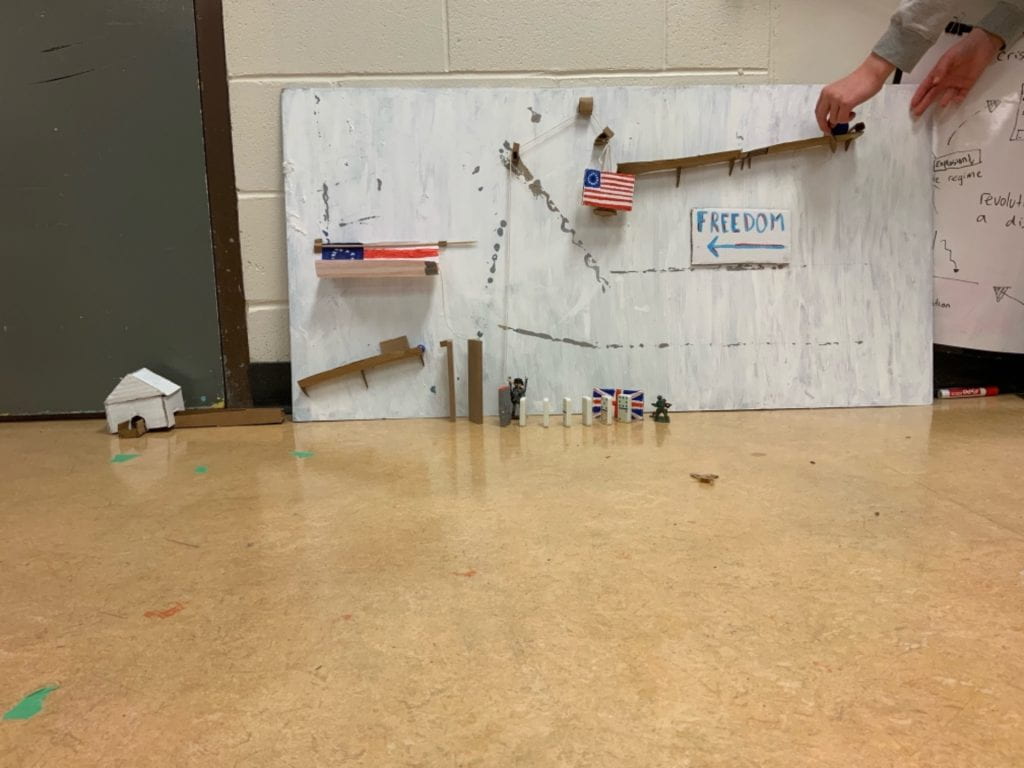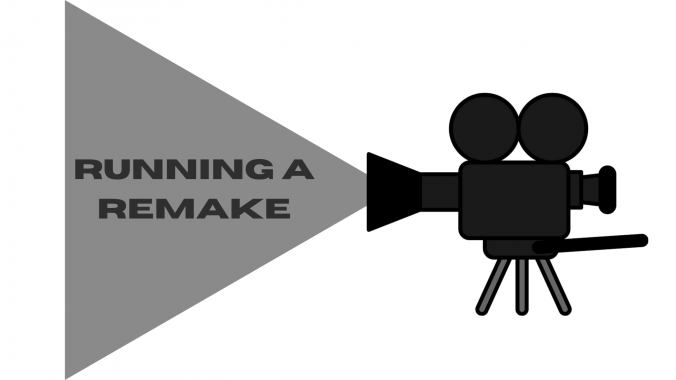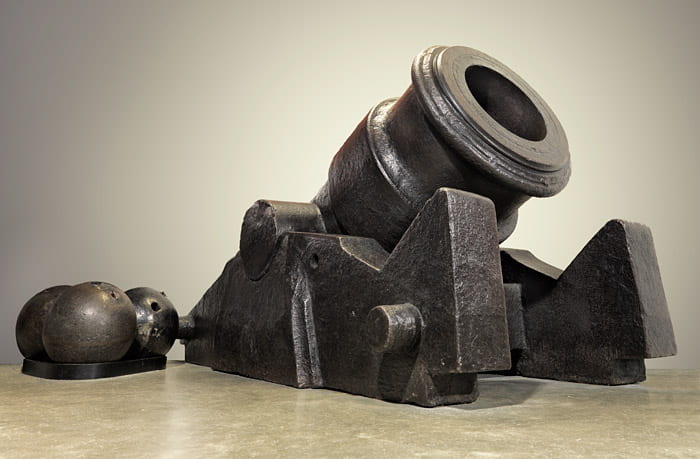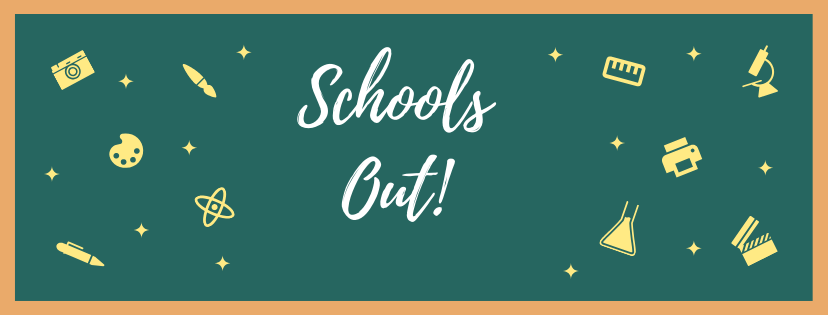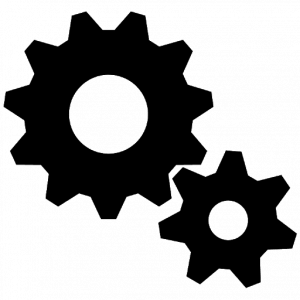It’s now June and it’s also time two wrap up our latest project called “The Great War Exhibit”. The driving question for this project is “how might we use artifacts and film to show the significance of World War One.” Basically this project was split into two different segments. The first being a video about the story of a Canadian World War One soldier and an artifact from the WWI discovery box provided by the Canadian War Museum.
Above is the video I made about World War One soldier Thomas Brady, and the gas alarm rattle artifact from the discovery box.
The Gas Alarm Rattle
The second segment of the project is what the project is named after which was the exhibit. This exhibit showcased our artifacts to the Seycove Secondary community. We created a pitch to tell our clients about the artifact and mine went something along the lines of “this is the gas alarm rattle, it was used by troops in the British empire to signal their soldiers of incoming gas attacks so they could put their gas masks on in time, the rattle was developed after the battle of Ypres in 1915 where the Germans first used gas in the war.” Then I would give a demonstration of how the rattle works. I also mention the gas mask in this pitch which was a different artifact in the box and if you want to learn about that Simon has written up about that artifact.
World War One Exhibit Poster
Now how have I Established historical significance in this project? Well, we have to go back and look at some of my work. One piece of work I was particularly proud of was my artifact significance research, I think here I showed a strong example of historical significance. I provided reasoning for why it was significant during the war and how it symbolizes Canadian identity in the war. The other use of this competency was in the World War One exhibit where I explained the history, use and significance of the gas alarm rattle to guests at the exhibit.
On to the second competency in this project which is Global Collaborator. I used this competency in the artifact/Canadian soldier video. I made a strong video showcasing the gas alarm rattle and provided good images to support my story. I compiled a lot of research to tell a good and factual story and provided sources as well.
So in conclusion I learned about what made World War One significant like certain battles like the battle of Vimy Ridge which pushed Canada to become a more unified nation separate from the British Empire. But I also learned things like what certain artifacts mean to Canada, how to give an elevator pitch to an audience, video and editing skills such as the ken burns effect and music to fit the emotion of the video and how to give good feedback and critique.









